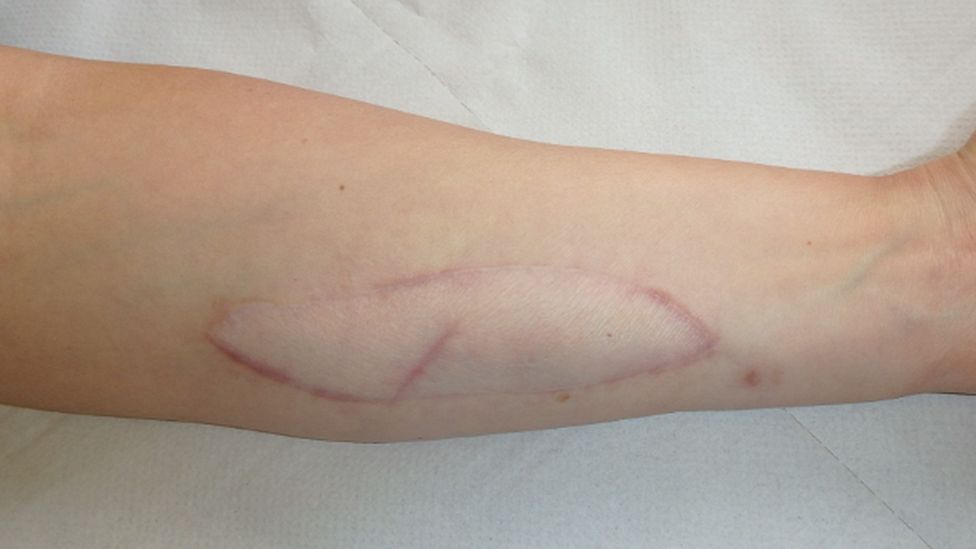-
Published7 hours ago
Some people having a lung transplant on the NHS will receive a skin patch graft from their donor too as a way of spotting organ rejection sooner.
Rejection could show as a rash on the donated skin patch, say experts, allowing early treatment to stop problems escalating.
The trial, by University of Oxford and NHS Blood and Transplant, will enrol 152 patients in England.
It follows earlier success with some other transplant patients.

That includes Adam Alderson, 44, from Wensleydale, who received a donor skin graft on his abdomen in 2015 when he had eight organs replaced – including a pancreas, stomach and spleen – after treatment for a rare cancer.
He says the graft has already helped guide his treatment a few times to prevent his body rejecting his many new organs.
He said: “It’s a really comforting thing to have – I feel safer knowing that I have a tool available to tell if something is going wrong before it becomes too serious. It’s almost like an oil warning light on your car. Plus, having that visible reminder of how lucky I am is really special.”
Helen Roeper, 43, from Oxford, has a lung condition called cystic fibrosis that means she may need a lung transplant in the future.
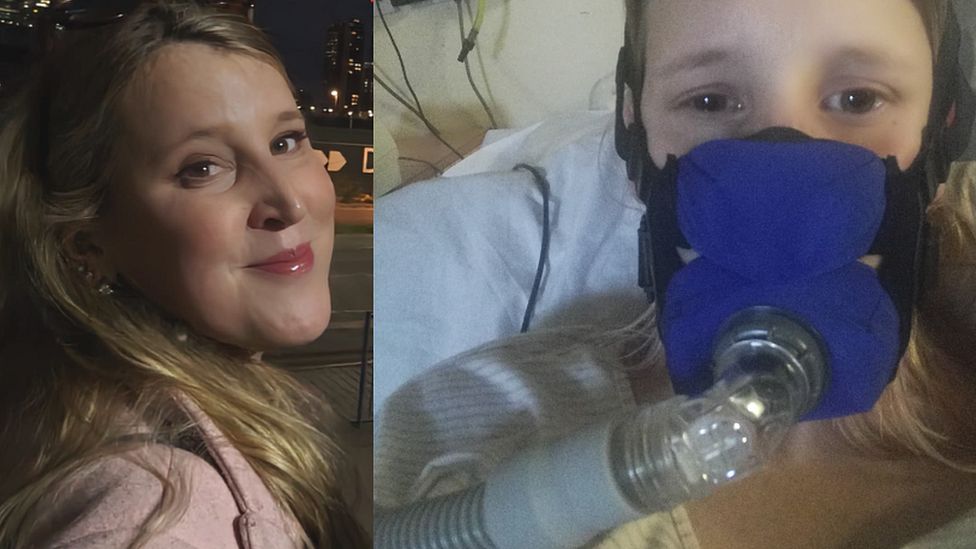
She said she welcomes the idea of having a donor skin graft at the same time.
“The idea that I could potentially be able to identify any rejection early, just by looking at a patch of skin on my arm, is extremely encouraging and helps to alleviate some fears,” she said.
The chance of rejection after a lung transplant is unfortunately quite high. Blood tests, lung samples and X-rays can offer clues, but the problem might be quite advanced by then.
That is why researchers are keen to find a simple, visible early warning sign.
Henk Giele, associate professor of plastic, reconstructive, transplant and hand surgery at University of Oxford, was the chief investigator of the trial. He said: “Lungs are prone to rejection due to their exposure to outside air and high propensity to infection.
“It is often difficult to know if a reaction is caused by infection or rejection as they look the same at the early stages, but the treatments for each are completely opposite.”
If a rash is seen in the skin graft on the arm, a tiny biopsy or sample will be taken to confirm if early rejection is happening, and a big dose of anti-rejection medicine can be given.
-
-
Published26 May 2017
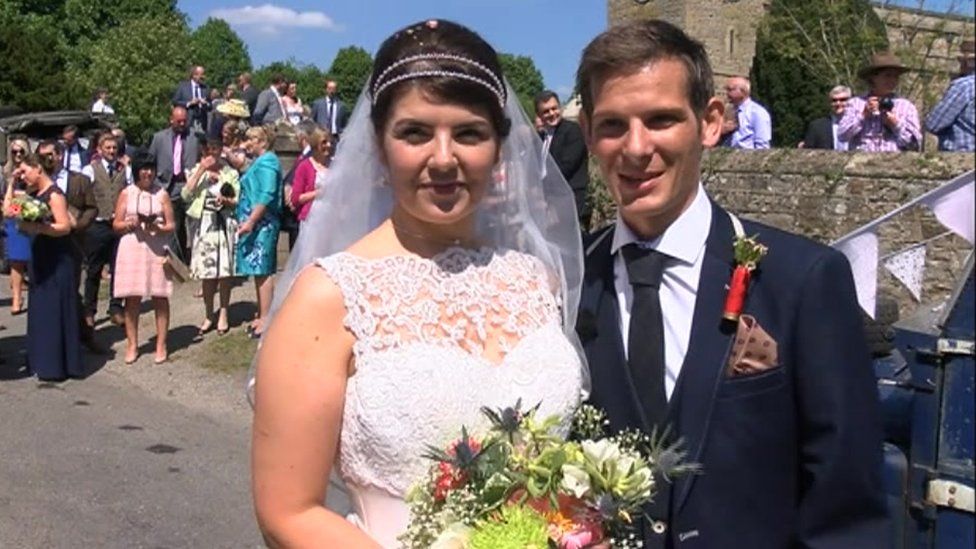
-
-
-
Published22 September 2023
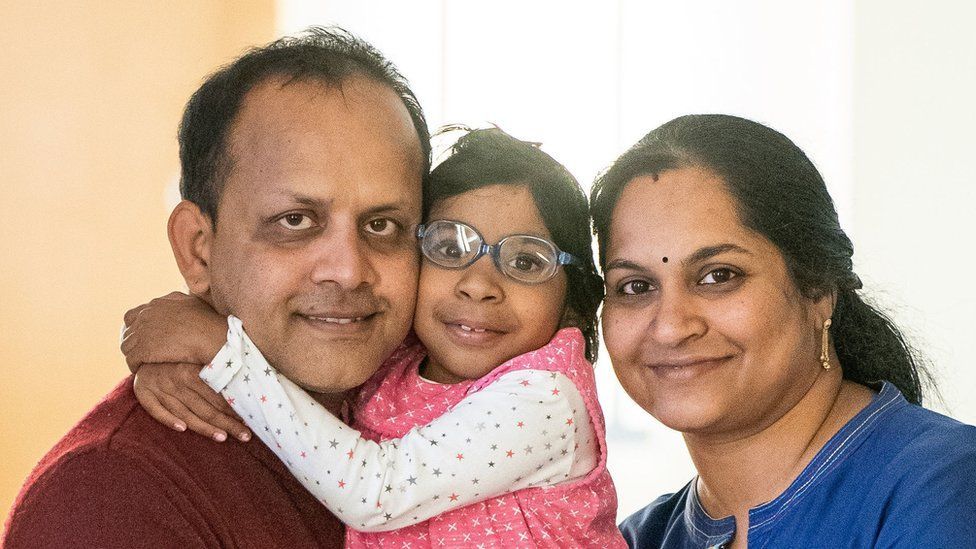
-
-
-
Published21 March
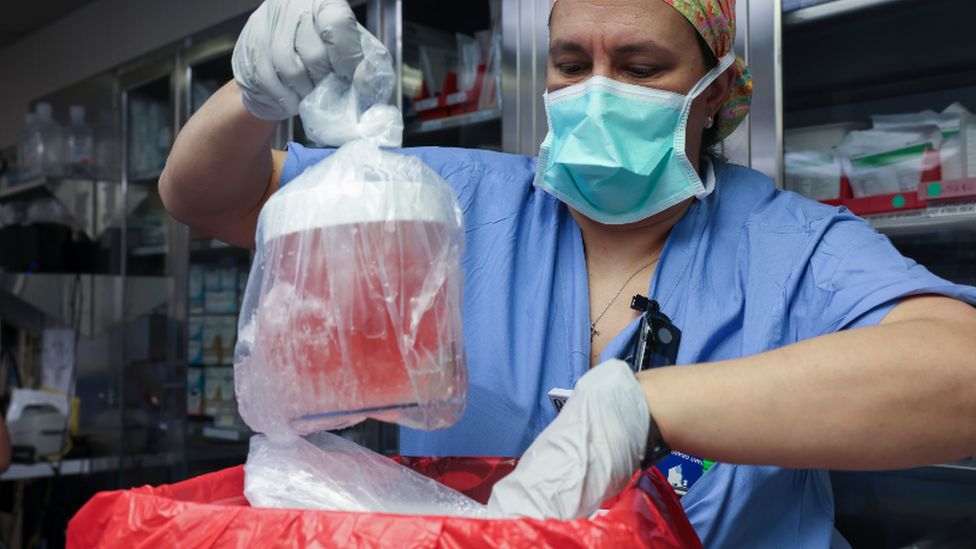
-
